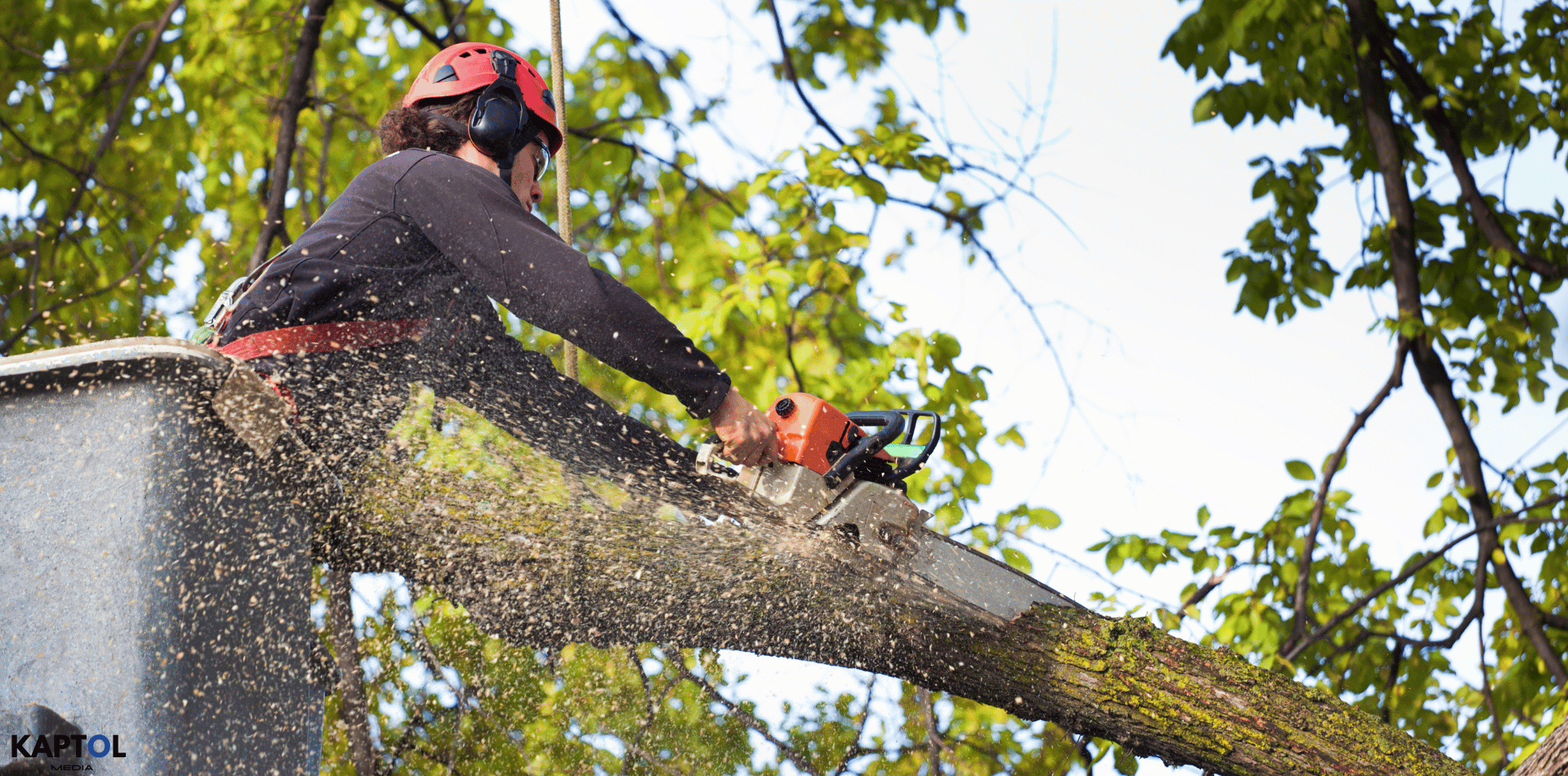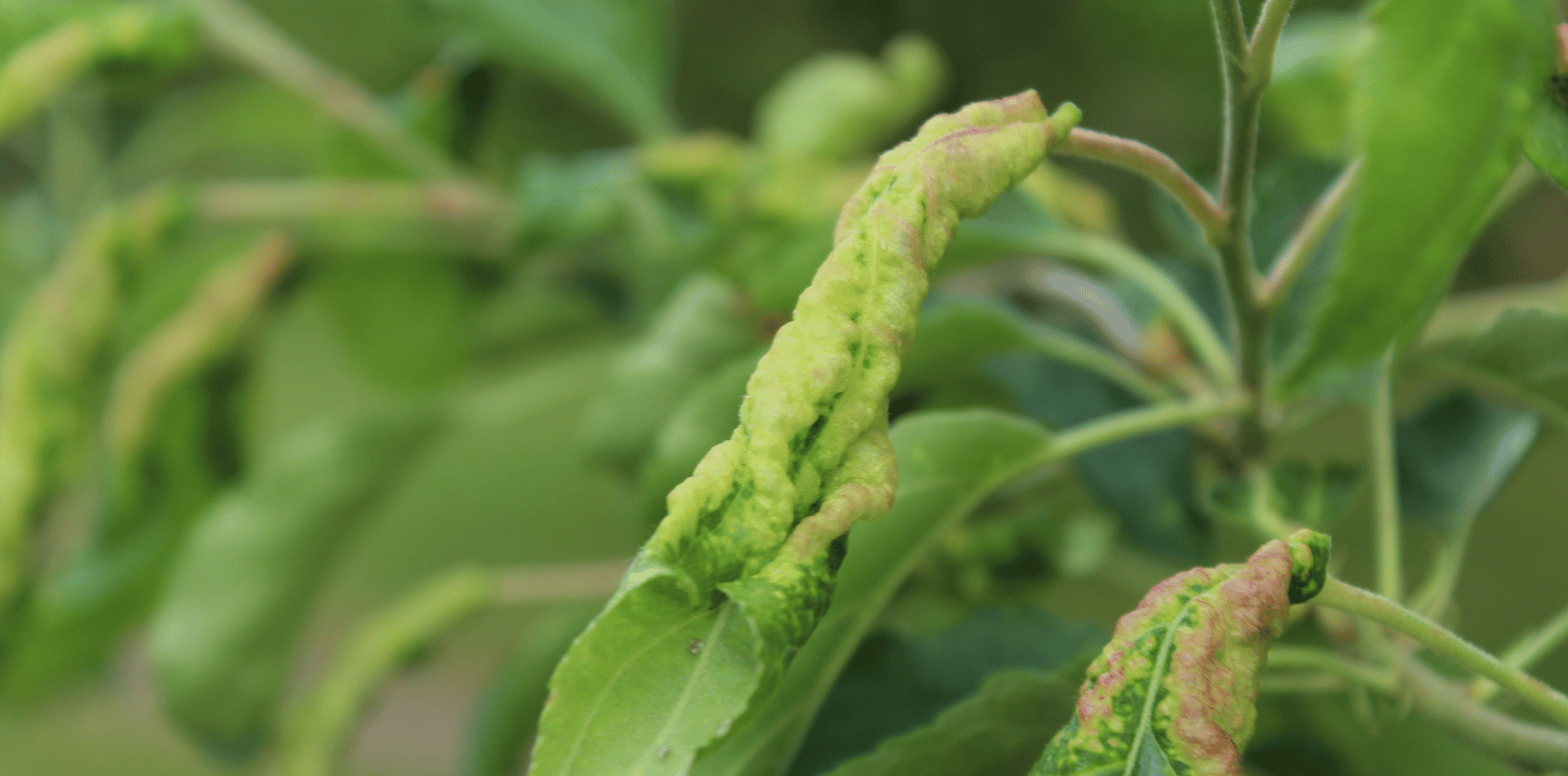Understanding the arborist's role in tree care and maintenance
Understanding the arborist's role in tree care and maintenance.
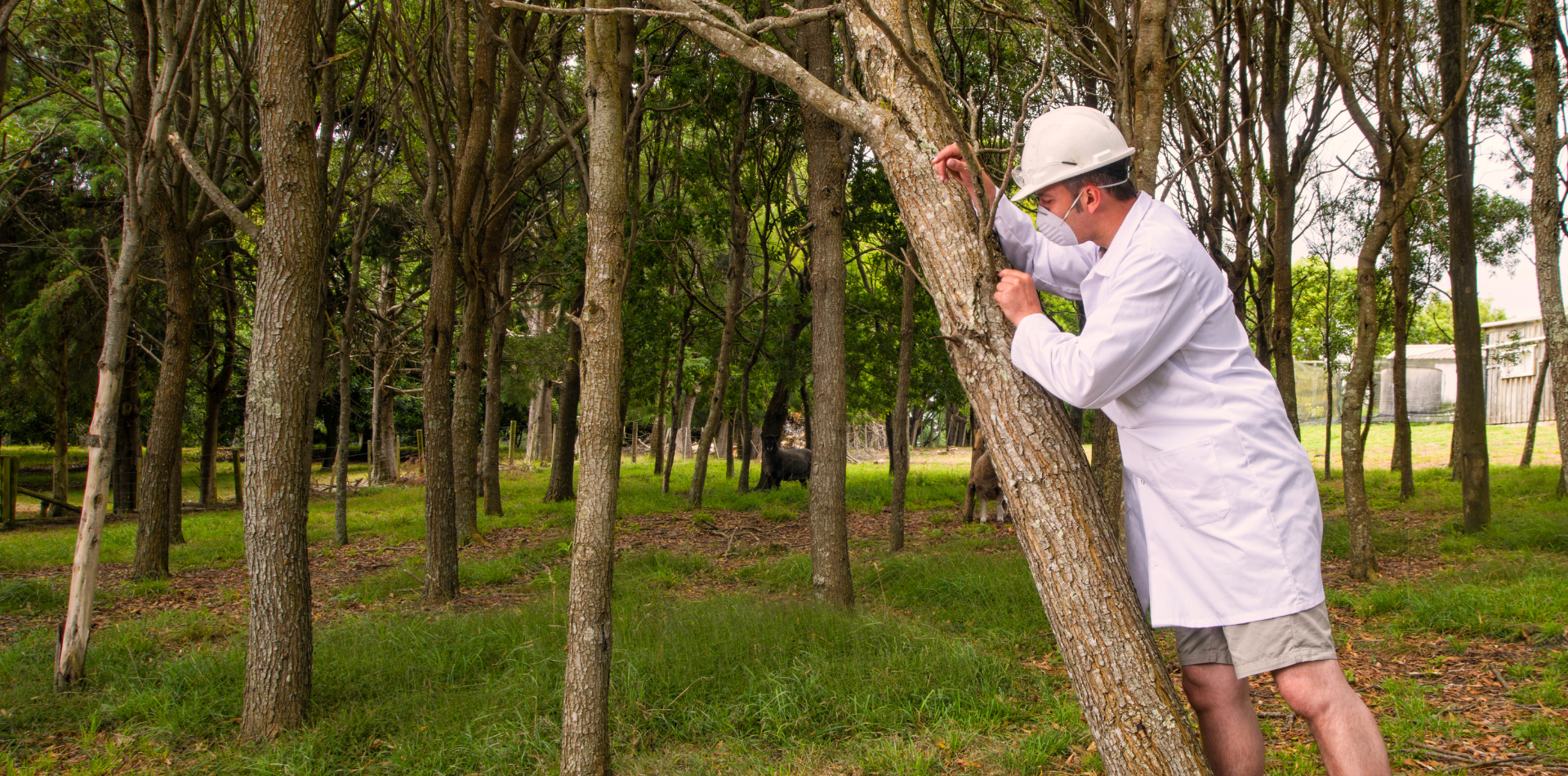
Arboriculture, the science and art of tree care, is an essential aspect of maintaining a healthy and sustainable urban and natural environment.
Arborists, often referred to as tree surgeons, play a critical role in this field.
They are professionals trained in the science of planting, caring for, and maintaining trees.
Let's look at the arborist's role in tree care and maintenance, shedding light on their responsibilities, the importance of their work, and the challenges they face.
Understanding the Role of Arborists
Arborists are specialised professionals who possess the knowledge and skills to care for trees and other woody plants effectively. Their expertise includes a wide range of activities such as planting, pruning, diagnosing pests and diseases, prescribing treatments, and ensuring the safety of trees in public and private landscapes.
Tree Planting
The role of an arborist begins with tree planting.
Selecting the right tree for the right location is crucial. Arborists consider factors such as soil type, climate, space constraints, and the desired function of the tree - be it for aesthetics, shade, or privacy. They understand the growth habits and needs of different tree species and can provide guidance on the proper planting techniques to ensure a healthy start for the tree's life.
Pruning and Maintenance
Pruning is a significant part of an arborist's work.
It involves the selective removal of certain parts of a tree, such as branches, buds, or roots. Reasons for pruning include improving or maintaining tree health and structure, enhancing the appearance, and reducing risk from falling branches. Proper pruning techniques are essential, as improper pruning can lead to damage and decline in tree health.
Health Assessment and Treatment
Arborists are skilled in diagnosing and treating various tree diseases and pest infestations. They use their knowledge of pathology and entomology to identify issues and prescribe appropriate treatments. This may include the application of pesticides, fertilising, or recommending cultural changes such as adjusting watering practices.
Tree Risk Assessment
Safety is a paramount concern in arboriculture.
Arborists assess trees for potential risks to people and property. This involves examining trees for signs of structural weakness, decay, or other hazards. Based on their assessment, arborists may recommend actions such as pruning, cabling, bracing, or in some cases, tree removal.
Tree Removal
While tree preservation is always a priority, there are situations where removal is necessary. Trees that are dead, dying, or hazardous must be removed to protect people and property. Arborists have the skills and equipment to safely and efficiently remove trees, even in challenging locations.
The Importance of Arborists in Urban Environments
In urban environments, the role of arborists is particularly vital.
Trees in cities face unique challenges, such as limited growing space, soil compaction, pollution, and physical damage. Arborists help mitigate these challenges by providing specialised care and advocating for proper tree management practices.
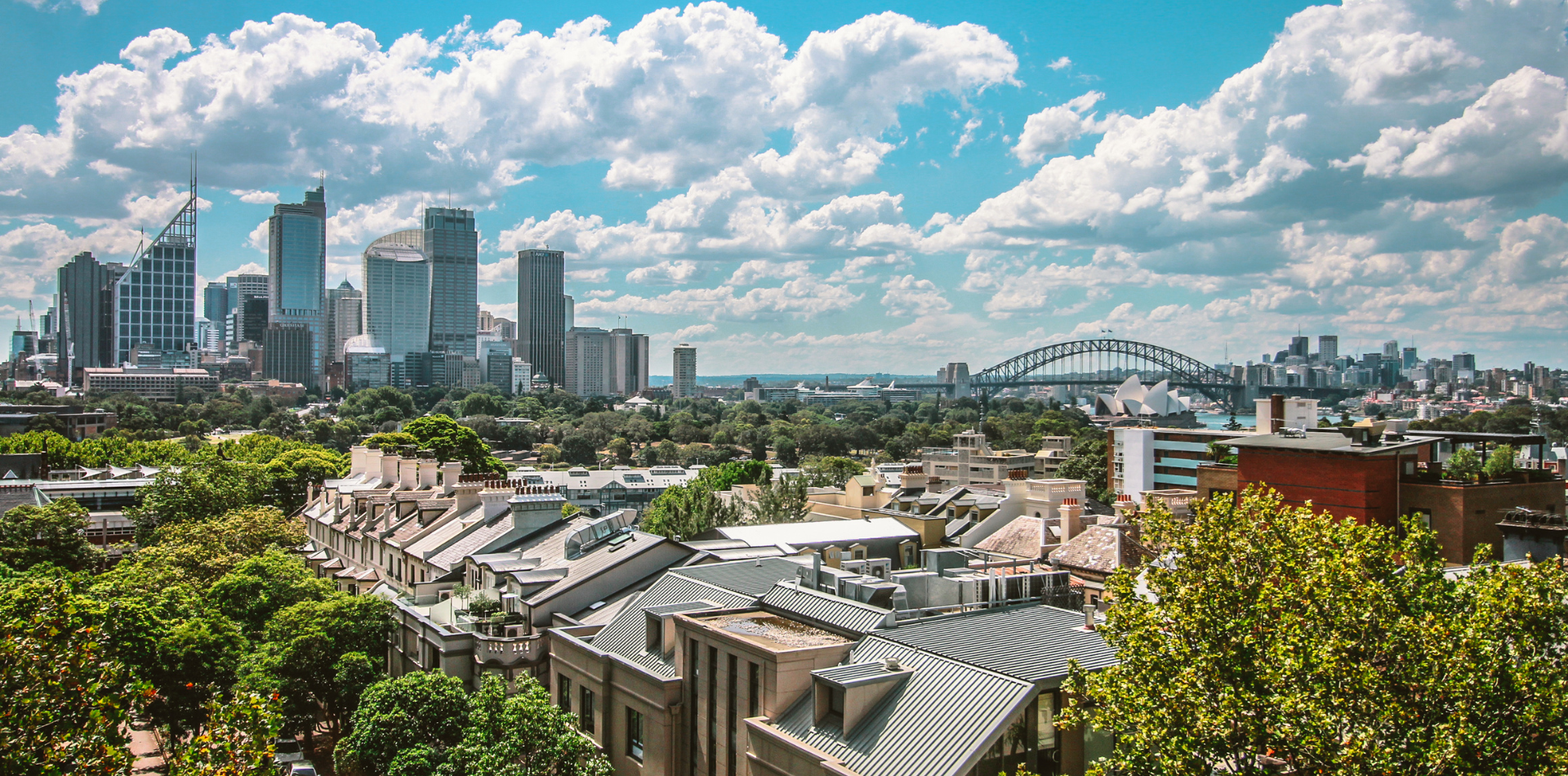
Benefits of Urban Trees
Urban trees offer numerous benefits.
They improve air quality, provide shade and cooling, reduce noise pollution, and enhance the aesthetic appeal of cities.
They also contribute to biodiversity and provide habitat for wildlife.
Arborists play a key role in maintaining these benefits by ensuring the health and longevity of urban trees.
Challenges in Urban Tree Care
Arborists working in urban areas face several challenges.
Space constraints often limit the size of equipment that can be used, and work must often be performed in close proximity to buildings, power lines, and other infrastructure.
Additionally, public safety is a major consideration, requiring arborists to take extra precautions during tree care operations.
Education and Training
Becoming an arborist requires a combination of education and practical experience.
Many arborists hold degrees in fields such as arboriculture, forestry, horticulture, or environmental science. In addition to formal education, hands-on experience is crucial.
Arborists learn the practical aspects of tree care through on-the-job training and apprenticeships.
Certification and Continuing Education
Professional certification is a mark of expertise and professionalism in the field.
To become certified, arborists must pass an exam that covers a wide range of topics in arboriculture. Continuing education is also important, as it allows arborists to stay updated on the latest research, techniques, and best practices in tree care.
The Future of Arboriculture
As our understanding of the importance of trees in urban environments grows, so does the demand for skilled arborists.
Advances in technology and science are continually shaping the field of arboriculture. Tools such as GIS (Geographic Information Systems) and remote sensing are being used to manage urban forests more effectively.
Research in areas such as tree physiology, soil science, and pathology is leading to better tree care practices.
Climate Change and Urban Forestry
Climate change presents new challenges for arborists.
Rising temperatures, changing precipitation patterns, and increased frequency of extreme weather events can stress urban trees. Arborists are at the forefront of developing strategies to help trees adapt to these changes, such as selecting climate-resilient tree species and implementing water-efficient irrigation systems.
The role of arborists in tree care and maintenance is indispensable.
Their work ensures the health, safety, and longevity of trees, which in turn provides numerous environmental, social, and economic benefits.
As we face the challenges of urbanisation and climate change, the expertise of arborists will be more important than ever in creating sustainable and livable cities.
Their dedication and skill in caring for our urban forests make them invaluable stewards of our environment.


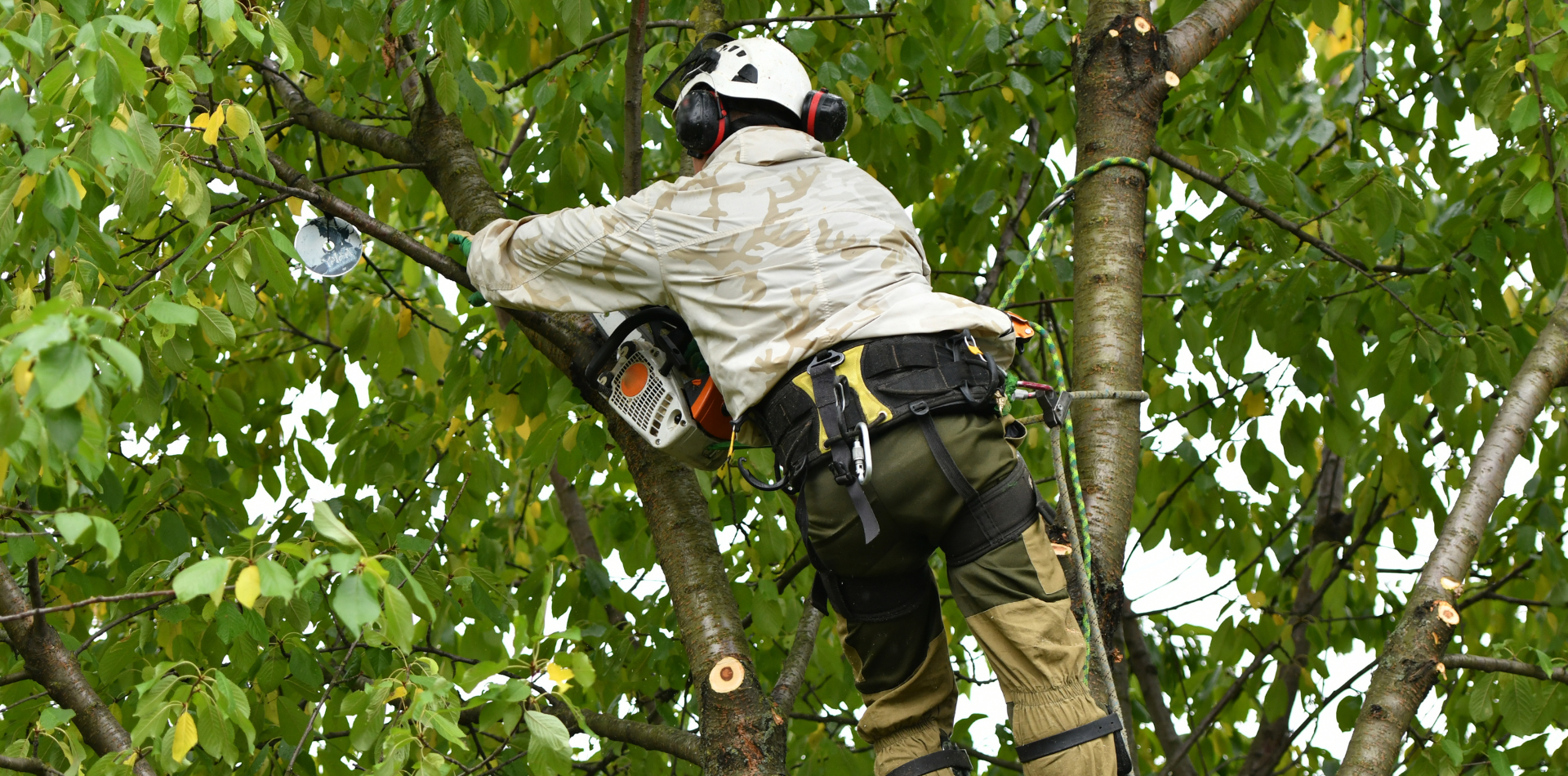
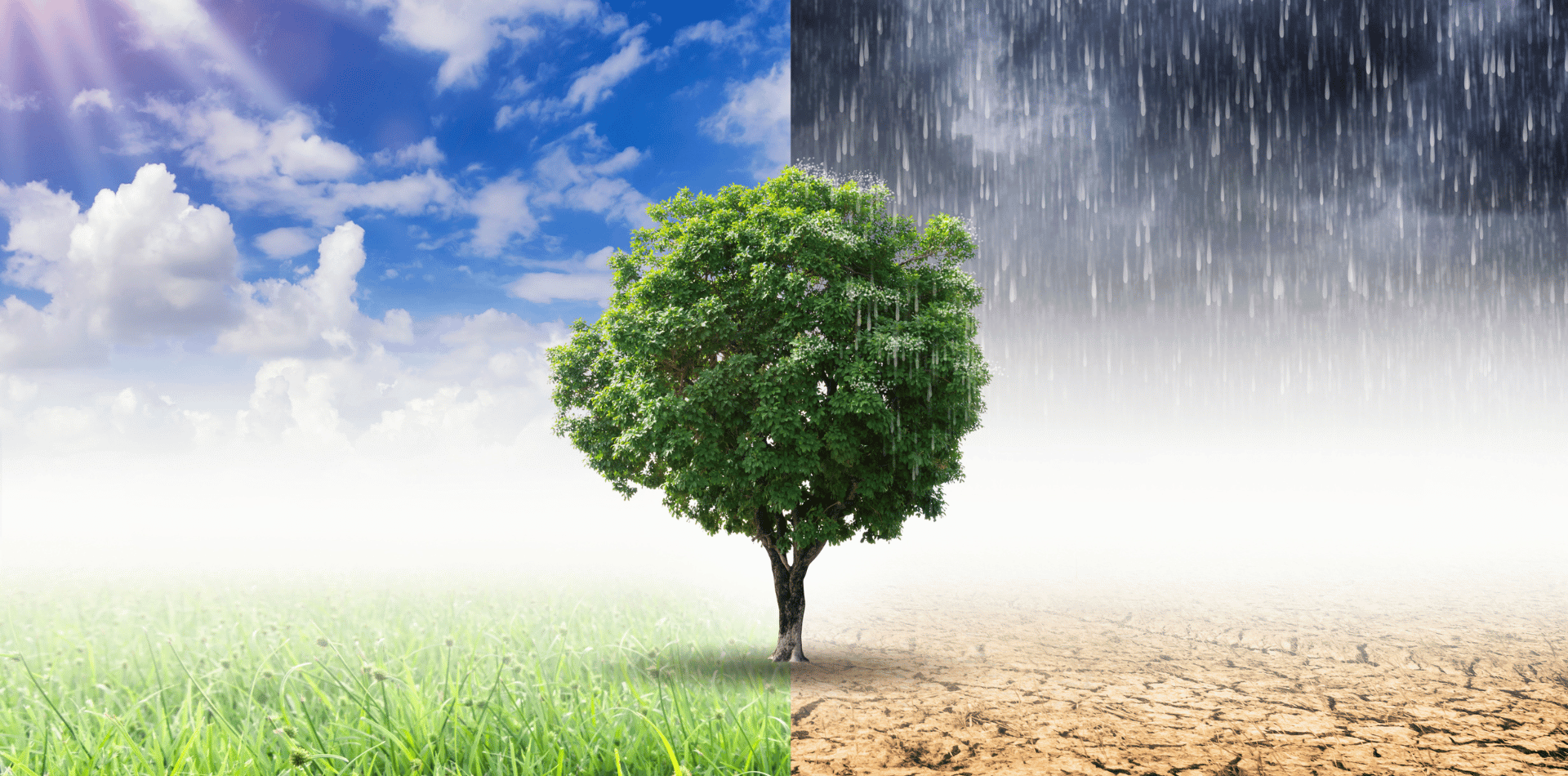

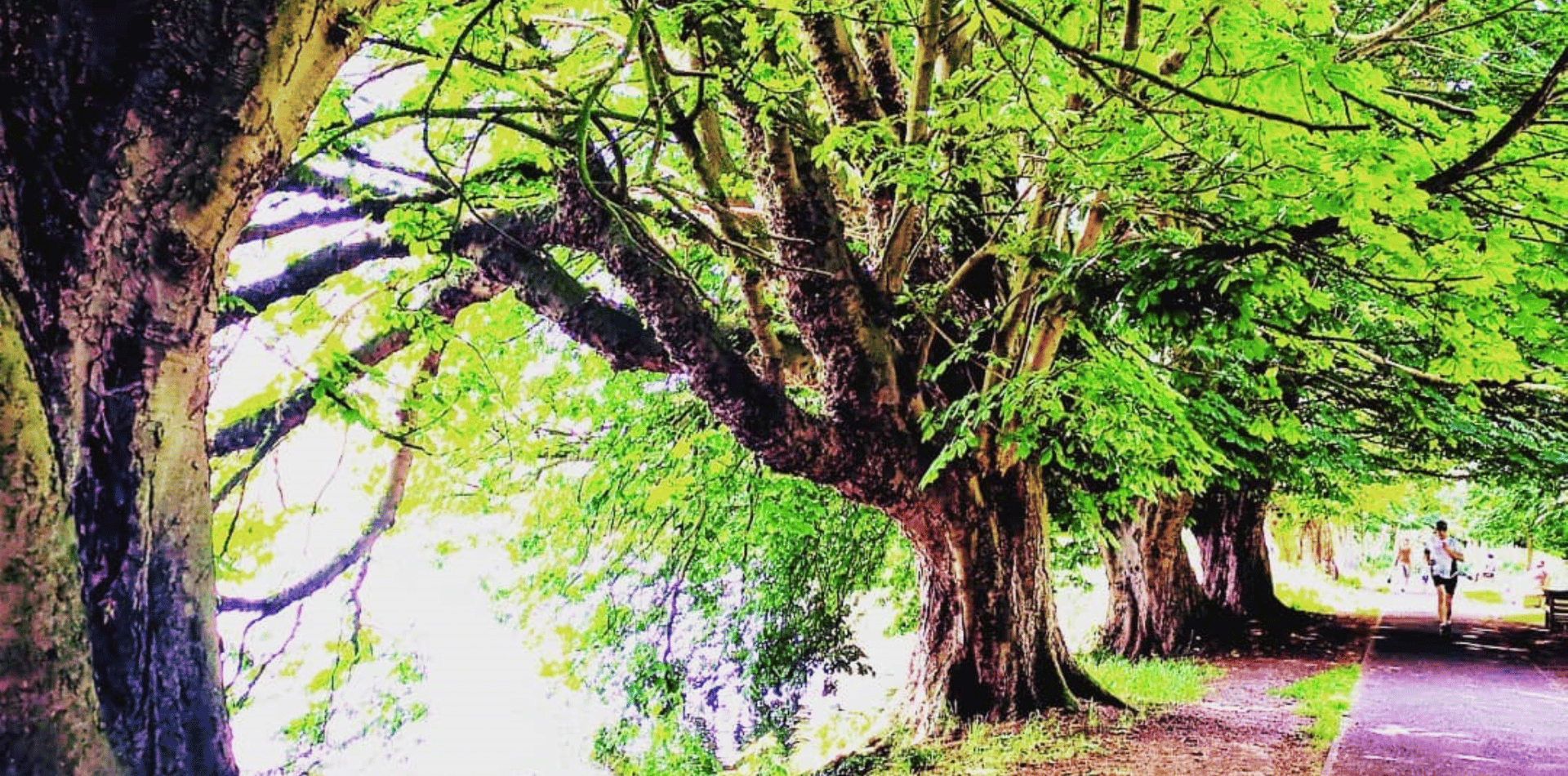
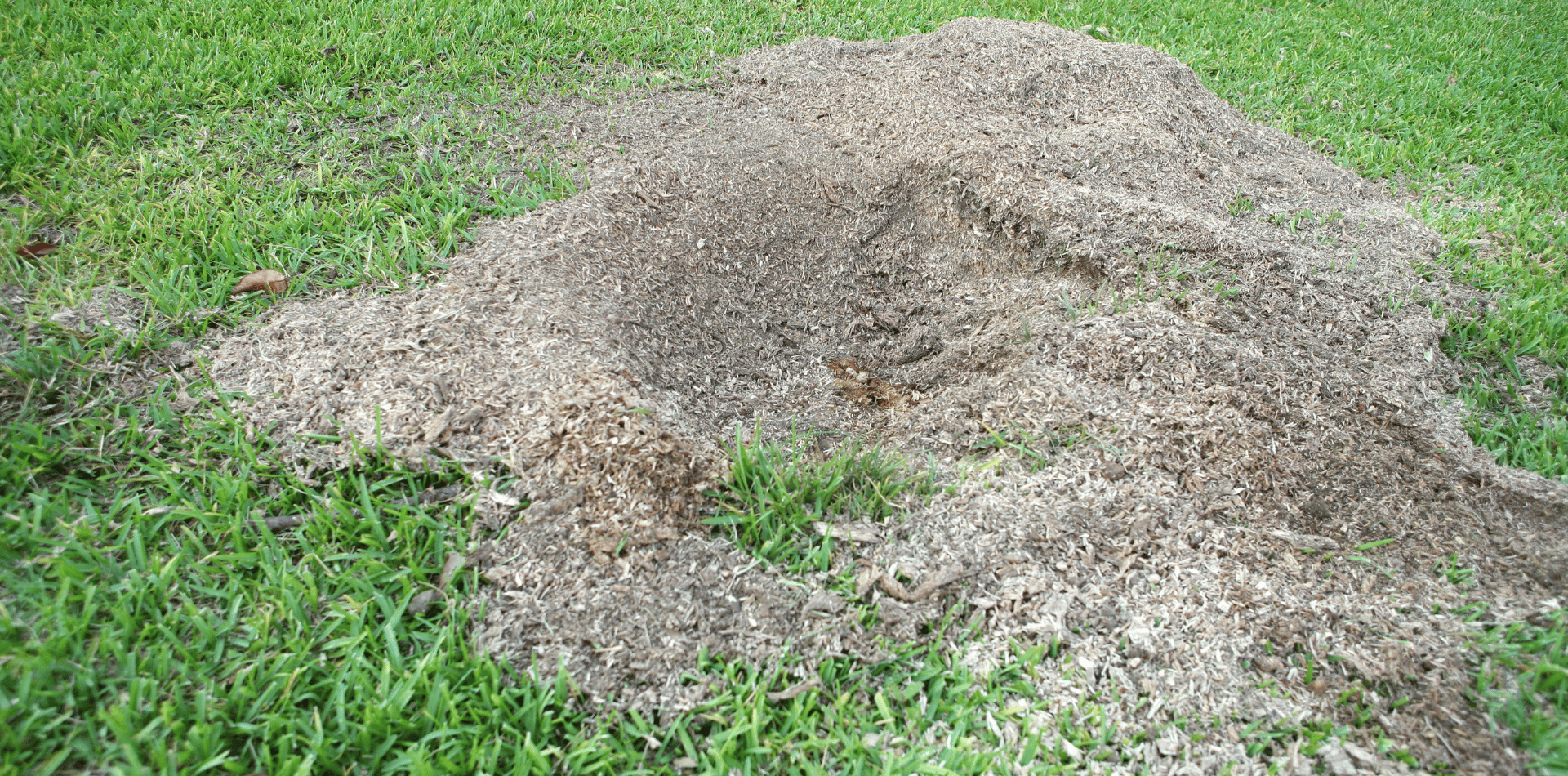

Contact
Kaptol Tree Removal Newcastle
A Member of the Kaptol Group
Powered by Kaptol Media

